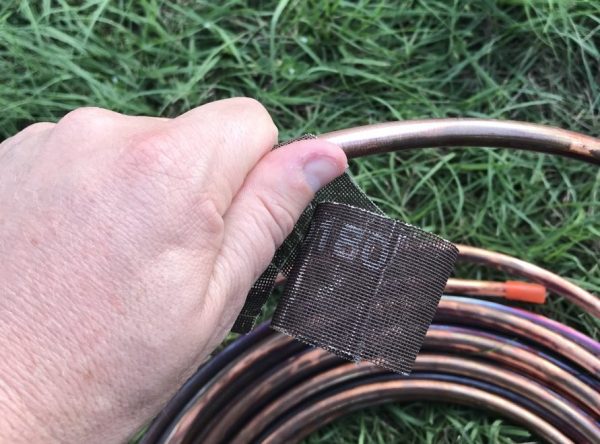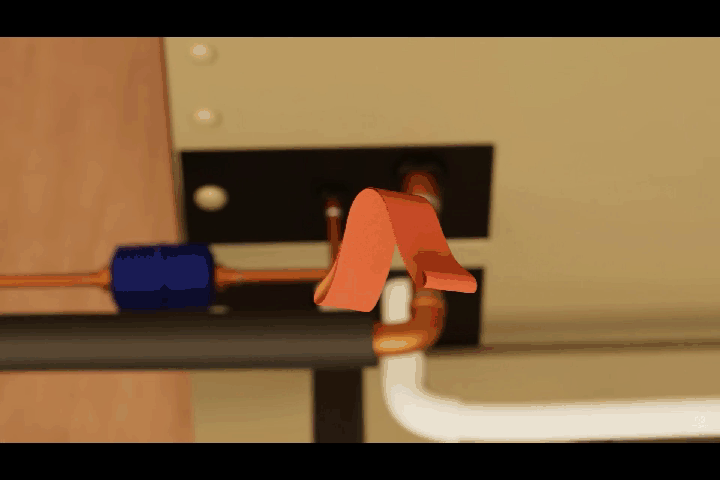Get Tech Tips
Subscribe to free tech tips.
Pre-Cleaning Copper

Sometimes, we can focus on the more complicated aspects of a system and parts installation—like evacuation and flowing nitrogen—and forget the simple and critical common-sense steps to keep contaminants out of the system.
One of these is pre-cleaning the tubing and connection before cutting or unsweating.

For example:
If you are replacing a coil, use a sand cloth or wire wheel on your drill to pre-clean the suction and liquid line connections before cutting. After cleaning with the abrasive, wipe down the area with a cloth to remove any loose particles, and then make your cuts.
You would do the same when installing a line drier: clean the cut spots, wipe, and cut.
For something like a compressor, it may be easier to get in there with wire brushes or a drill-mounted wire wheel to do the pre-cleaning before cutting out or unsweating. (I really prefer cutting things out, if at all possible.)

By cleaning BEFORE cutting, you greatly reduce the odds that you will get little pieces of copper or cleaning abrasive into the system.
A word of caution with cleaning copper:
On new components, the copper may be a thin copper plating over steel. You will not want to overclean that copper plating. Otherwise, you risk making it thinner or rubbing/burning through the plating. Obviously, that won't be an issue if you are removing a failed component. Still, just make sure not to overclean new parts.
—Bryan
P.S. – For all your copper needs, check out our flaring guide, swaging guide, and oxy-acetylene brazing 3D video.











Comments
To leave a comment, you need to log in.
Log In